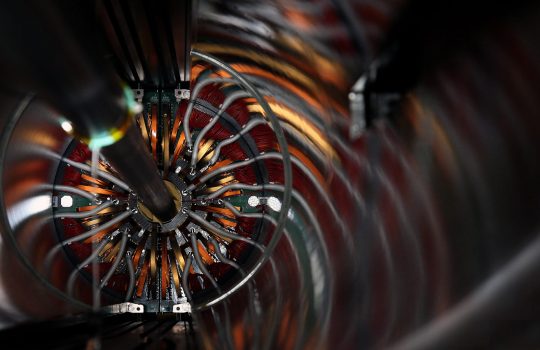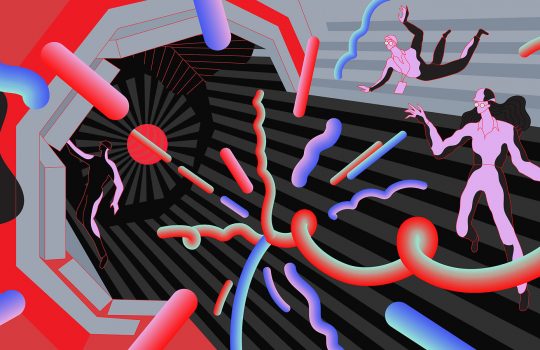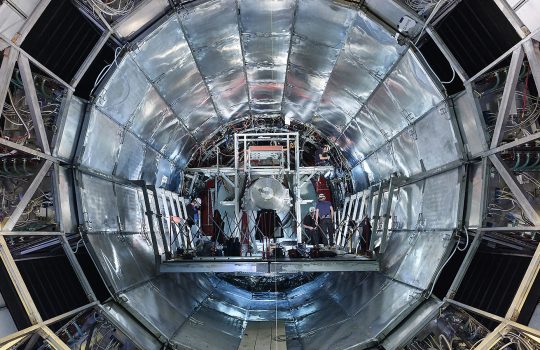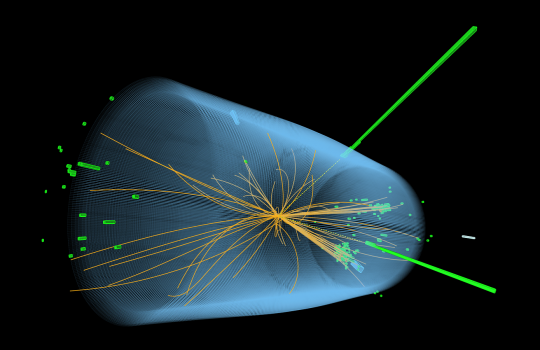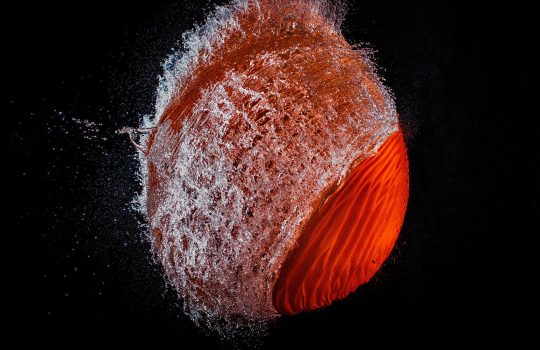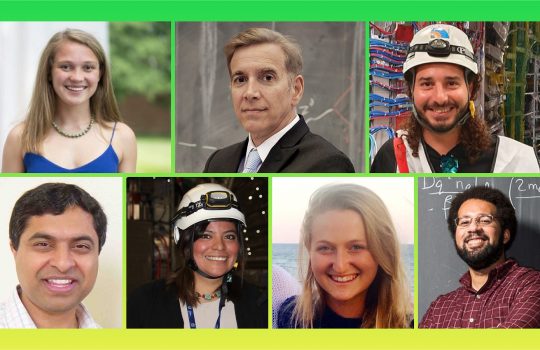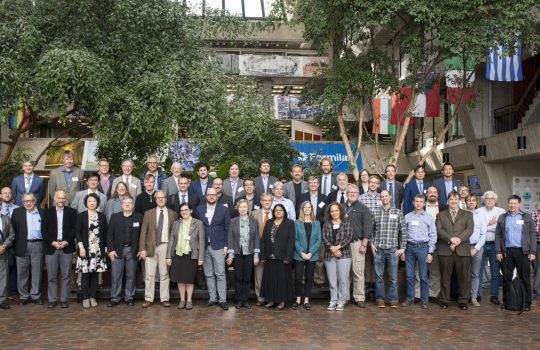The large boson-boson collider
Scientists on Large Hadron Collider experiments can learn about subatomic matter by peering into the collisions and asking: What exactly is doing the colliding? When the answer to that question involves rarely seen, massive particles, it gives scientists a unique way to study the Higgs boson. They can study rare, one-in-a-trillion heavy-boson collisions happening inside the LHC.

